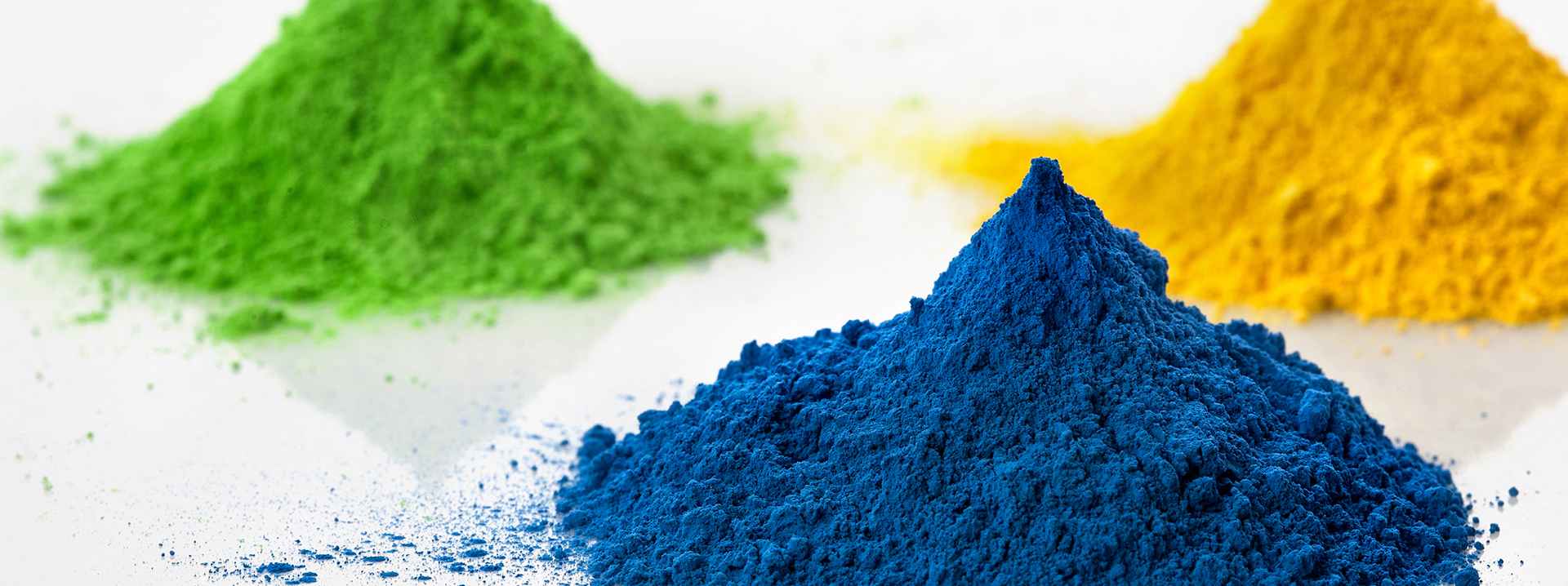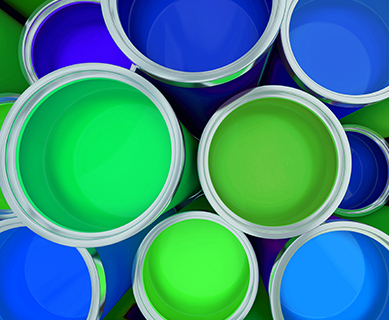Discover The Meaning Of Pigments
Pigments: A Brief Introduction To The World Of Colors
Meaning Of The Term “Pigments”
The pigment forms the most important substance that provides colors to the materials. Color plays an essential part in everyday life. Everything we see and observe has pigment in it. Pigments are elements that give color to every synthetic material present everywhere on the Earth today, if we put it simply. From painting a house to a single fabric of cloth we wear contains pigment.
Pigments, also called colorants, are vastly used in almost every aspect of our day-to-day life. They hold a very crucial role in part and parcel of everyday routine. Colorants can either be dyes or pigments. Both dyes & pigment impart colors to any element. Though dyes and pigments are often mistaken to be the same, they have differences. Dyes are generally soluble in the base materials such as water, whereas pigment is insoluble in water. Also, they differ in particle sizes. Dyes are a much finer powdery texture than pigment.
Moreover, dyes look more translucent, which means they do not disperse light. On the other hand, pigment is opaque and therefore disperses light. The differences between the two are not considered, making it quite confusing for an average human to list out the distinction.
Colorants are widely used in almost every industry working on color-related materials. The application of colorants is broad therefore playing an essential part in everyday standards. The most common industries that use pigment to get color alteration to make different products are the plastic industry, coating industry, paint industry, printing inks industry, cosmetic industry, fabric making industry, food industry, and many other industries. Furthermore, when dyes are considered, they are used in paper-making and textile industries.
Here, this blog will help you educate yourself about the pigments, their existence history, pigment use, pigment green 7, and types of Colorants used in the industries today.
Creative History Of Pigments
The first colorants used in historic times on the Earth were minerals. However, we can say that Art was born in the caves by Early Humans. Ochre, a natural clay earth pigment, was the first color found in the caves thousands of years ago. Historic civilizations have used paint for body decoration, painting walls of the caves in those Eras. Charcoal was also used as a black colorant in the Early Era. Colorants established based on minerals and clay were easier to blend, and therefore, modern colors that are found were created today from the originals.
Before establishing synthetic pigments and the rarefaction of techniques for drawing out the mineral colorants, the group of colors was often at odds. With the incorporation and advancement in the present-day color industry, pigment manufacturers and executives have contributed to the high standards and raised the bar of creating and producing colors.
Classification Of Pigments For Industrial Purposes
There are major two types of pigment that are categorized based on their origin and method of formulation that are available in today’s color industry:
Organic Colorants:
The colors that are obtained from natural sources are termed organic colorants. They are classified as organic because they have minerals and other natural sources that give them their color. Some organic colorants are also made from plants, such as they contain a green pigment called Chlorophyll which helps them in the process of Photosynthesis. Organic colorants are produced through simple procedures and techniques that include cleansing, drying, granulating, and then amalgamation into a formula used as a colorant. However, these colorants are used when there is less need for color strength, and therefore the usage of this pigment is limited and less in the various industries.
Inorganic Colorants:
As the name suggests, these colorants are not formed through natural resources. Therefore, they are exactly the opposite of organic pigments. They are also termed 'synthetic pigments' because they are obtained from coal tars and some form of petrochemicals. They are formulated in the labs and are not made of carbon chains and rings. On the other hand, they are derived from dry, grounded minerals. The manufacturing of inorganic colorants includes a simple chemical process, such as oxidation. Most of the colorants produced today are synthetic and therefore provide wide scope for inorganic pigment green 7 manufacturer.
Lesser Known Properties About Pigments
The colorants can be easily categorized by knowing whether they are organic in nature or inorganic.
Heaviness In The Weight - Inorganic colorants usually have heaviness in their weight because of the mineral ingredient present in them. Although organic colorants are light in weight, thus create more volume.
Particle Size - Both organic and inorganic colorants have different sizes of particles. The inorganic colorants have a larger particle size allowing them to disperse light more effectively. On the other hand, organic colorants have a smaller particle size, making them transparent because they disperse the light efficiently.
Resistance - Inorganic colorants have powerful properties in terms of resistance, as even when inorganic colorants are exposed to strong lights, air, or heat, they tend to hold the color and do not fade away. In contrast, when exposed to light, air, or heat, organic colorants will fade away with time.
Affordability - Both organic and Inorganic colorants vary greatly in terms of cost-effectiveness. The cost of production of inorganic colorants is reasonably low when produced in bulk quantities for industrial uses. So yes, we can say that they are a highly affordable and economical choice. The production cost of organic colorants is high, making it a more expensive and less economical choice.
We, Dhanveen Group of Companies, are a major masters in pigments manufacturing globally, serving domestic and international requirements. We are a trusted manufacturer and exporter of Pigment Green 7. We have that lab experience and advanced technologies to tackle Pigment Industry’s needs and requirements.




